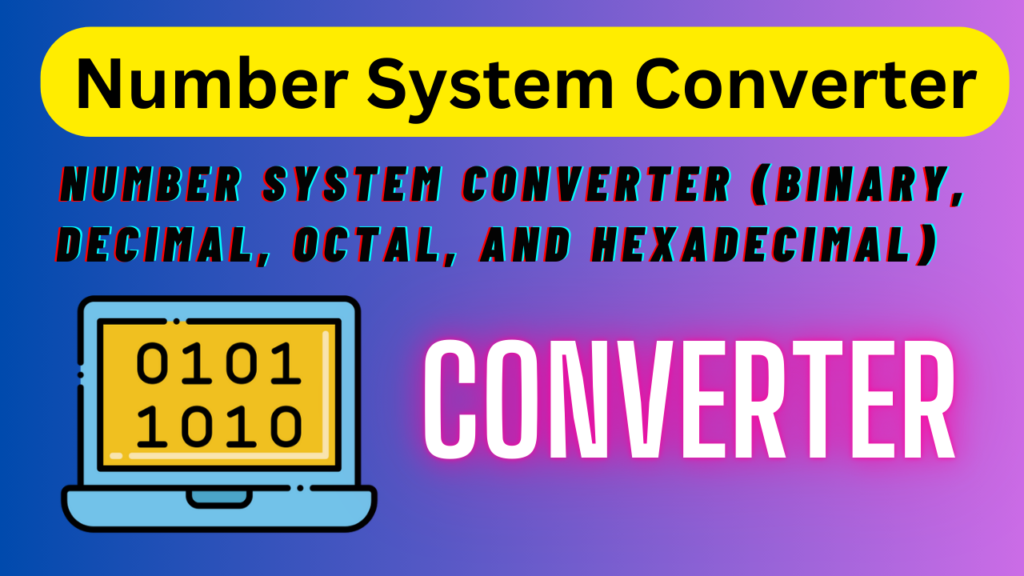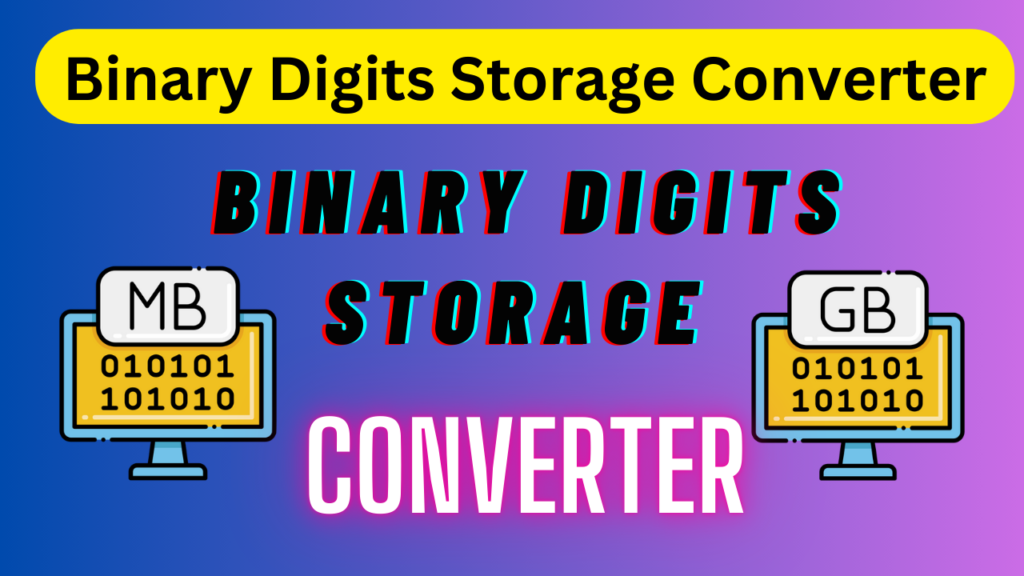Software Cost Estimator
The Ultimate Guide to Software Cost Estimator: Streamlining Project Budgeting
In today’s fast-paced, technology-driven world, businesses are increasingly reliant on software to manage operations, enhance customer experiences, and streamline internal processes. However, one of the biggest challenges companies face when embarking on new software development projects is estimating the cost accurately. A miscalculation can lead to budget overruns, delays, and scope creep.
This is where a Software Cost Estimator comes into play. It is a crucial tool for businesses, developers, and project managers to predict the cost of developing software with reasonable accuracy. In this article, we’ll dive into what a Software Cost Estimator is, how it works, and why it’s vital for successful software project planning.
What is a Software Cost Estimator?
A Software Cost Estimator is a tool or a system designed to estimate the total cost of developing software based on various factors such as project type, size, complexity, and team resources. It takes into account essential elements like the number of hours required, the expertise of the development team, hourly rates, and potential extra costs like licenses, maintenance, and upgrades.
By calculating these costs in advance, businesses can better manage their budgets, timelines, and expectations.
Why is a Software Cost Estimator Important?
Accurately estimating the cost of a software development project is essential for several reasons:
- Budget Management: Accurate estimates help businesses allocate the necessary budget for a project, avoiding unpleasant surprises down the road.
- Risk Mitigation: By predicting costs early, companies can identify potential risks such as exceeding budget limits, project delays, or unplanned expenses.
- Stakeholder Confidence: Providing a realistic estimate fosters trust with stakeholders and clients, improving confidence in the project’s delivery and outcomes.
- Informed Decision-Making: A detailed cost estimate allows businesses to evaluate whether a project is financially viable before committing to it.
Key Factors in Estimating Software Costs
A comprehensive Software Cost Estimator considers various factors that impact the overall cost of a project. These include:
1. Project Type:
- Web Application: Projects involving the development of web-based platforms often vary in cost depending on complexity, design, and functionality.
- Mobile Application: Mobile apps typically require additional considerations for cross-platform development (iOS, Android) and responsive design.
- Enterprise Software: This involves large-scale systems tailored to the specific needs of an organization, often costing more due to customization and integration with other platforms.
2. Team Size:
- The size of the development team directly impacts costs. A larger team may complete the project faster but increases hourly costs.
3. Project Size and Complexity:
- More complex and larger projects require more development hours, which increases the overall cost. Complex software with multiple features or integrations will demand more planning and testing.
4. Hourly Rate:
- The development team’s expertise and geographic location will influence the hourly rate. Rates can vary significantly between regions or depending on the developer’s skills.
5. Customization and Integrations:
- Projects that involve significant customization or require integration with existing systems (e.g., CRM, ERP systems) generally require more time and specialized expertise, raising the cost.
6. Licensing and Third-Party Costs:
- Depending on the project, there might be additional costs for purchasing software licenses, cloud storage, third-party APIs, or plugins. These costs should be factored into the estimate.
How Does a Software Cost Estimator Work?
Most Software Cost Estimators follow a structured process to break down the various components of a software project. Below is an outline of the typical steps involved:
- Gathering Requirements:
- The estimator starts by identifying the project’s scope and requirements, including the desired features, functionality, target platforms, and user base.
- Defining Team Composition:
- The next step is to determine the size and type of development team required, such as front-end developers, back-end developers, UX/UI designers, and quality assurance (QA) testers.
- Estimating Development Time:
- Based on the project’s complexity and scope, the estimator calculates the number of development hours required to complete the project.
- Calculating Total Cost:
- The estimator multiplies the total hours required by the hourly rate of the development team to calculate the base cost. Additional costs like taxes, licensing fees, and custom inputs are then added to generate the final estimate.
Benefits of Using a Software Cost Estimator
- Accuracy and Precision:
- Software Cost Estimators provide more precise estimates by factoring in various inputs, such as project type, size, and team composition.
- Time-Saving:
- Automated tools streamline the estimation process, reducing the time required to calculate costs manually.
- Transparency:
- The breakdown of costs gives businesses a clear understanding of where their budget is being spent, ensuring transparency throughout the development process.
- Flexibility:
- Modern cost estimators allow users to adjust variables like project size, team composition, and custom inputs, enabling tailored estimates for different scenarios.
Challenges in Software Cost Estimation
Despite its many benefits, software cost estimation can be tricky due to a few inherent challenges:
- Changing Requirements: If project requirements shift during development, initial estimates may no longer be accurate. Continuous communication and periodic revisions of the estimate are necessary.
- Hidden Costs: Some costs, such as technical debt, maintenance, and unforeseen integration issues, may not be fully captured in the early stages of estimation.
- Complexity in Estimating New Technologies: When working with cutting-edge technologies or unfamiliar frameworks, there might be a lack of reference data for accurate cost prediction.
Conclusion: Take Control of Your Software Project’s Cost
A Software Cost Estimator is an indispensable tool for developers, project managers, and businesses looking to gain control over the budgeting process. By leveraging a structured estimation process, you can avoid unnecessary expenses, plan for the future, and ensure that your project stays within its financial limits.
Whether you’re building a small web application or a complex enterprise system, a Software Cost Estimator will guide you through the financial planning process, ensuring success and satisfaction for both clients and developers.
With this powerful tool in hand, businesses can confidently embark on their software development journey knowing they have a clear, accurate roadmap for costs and resources.


